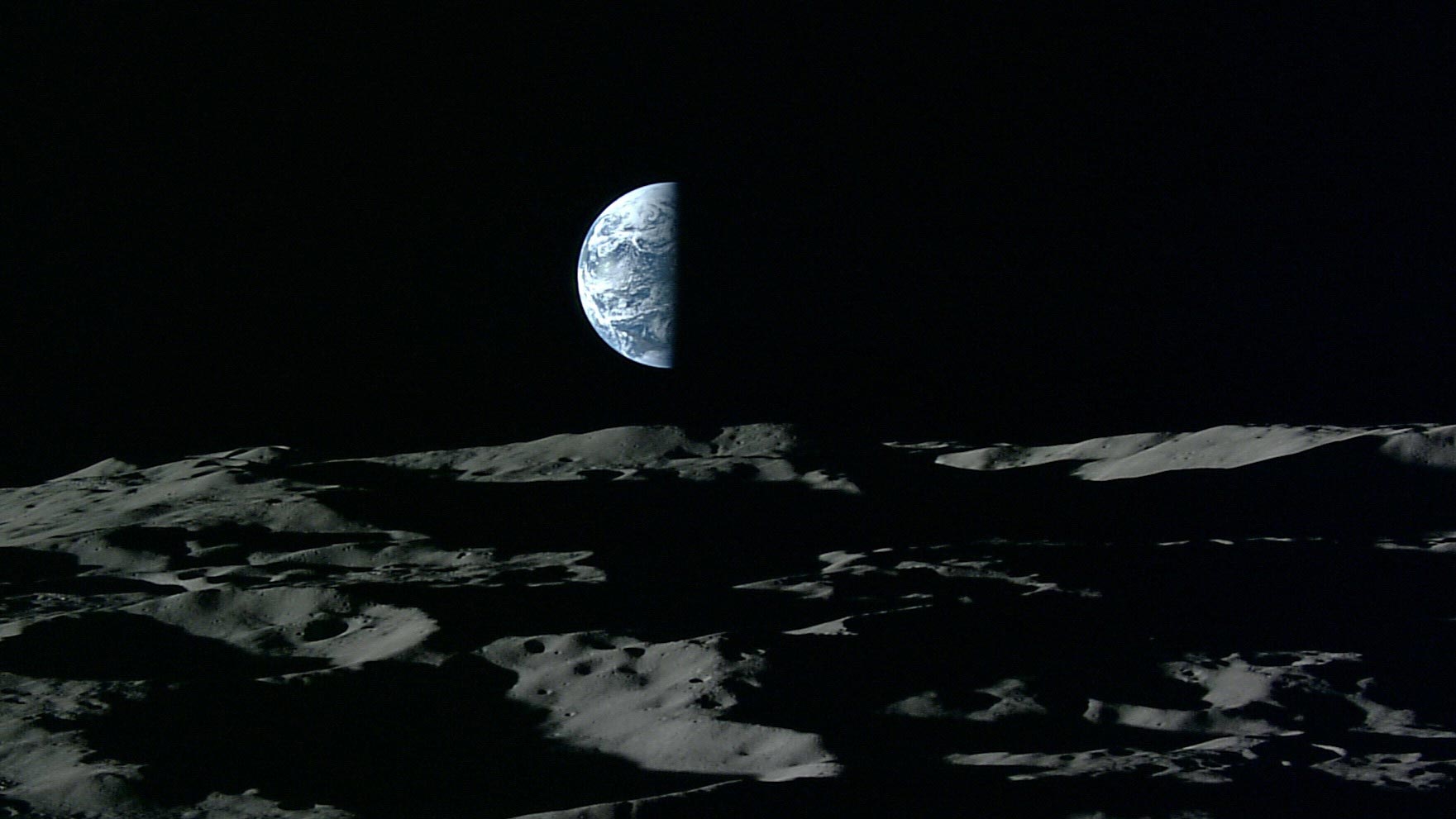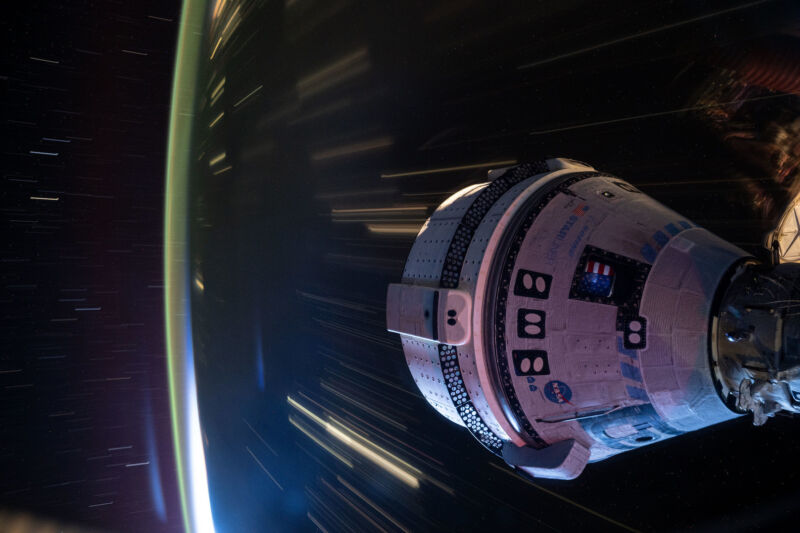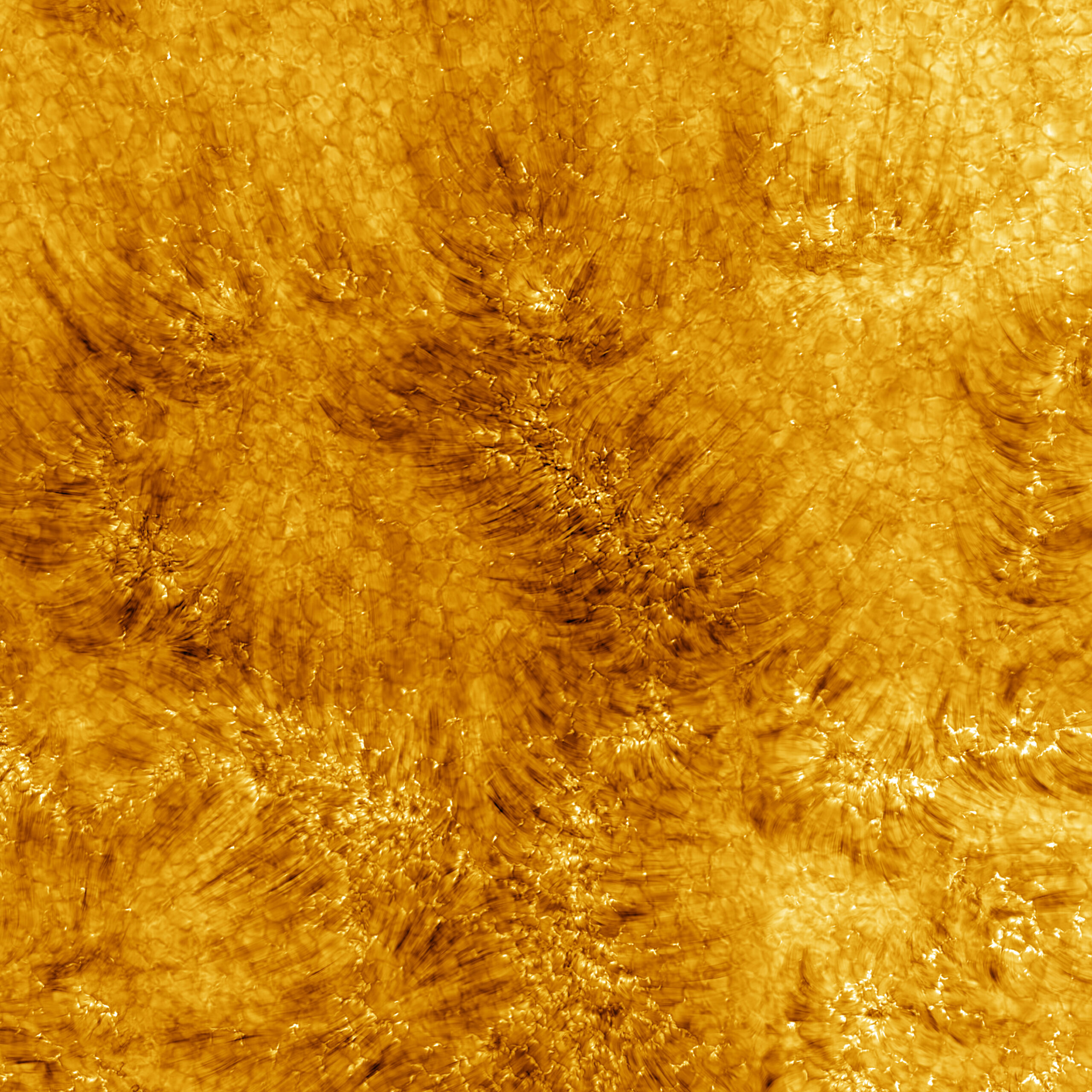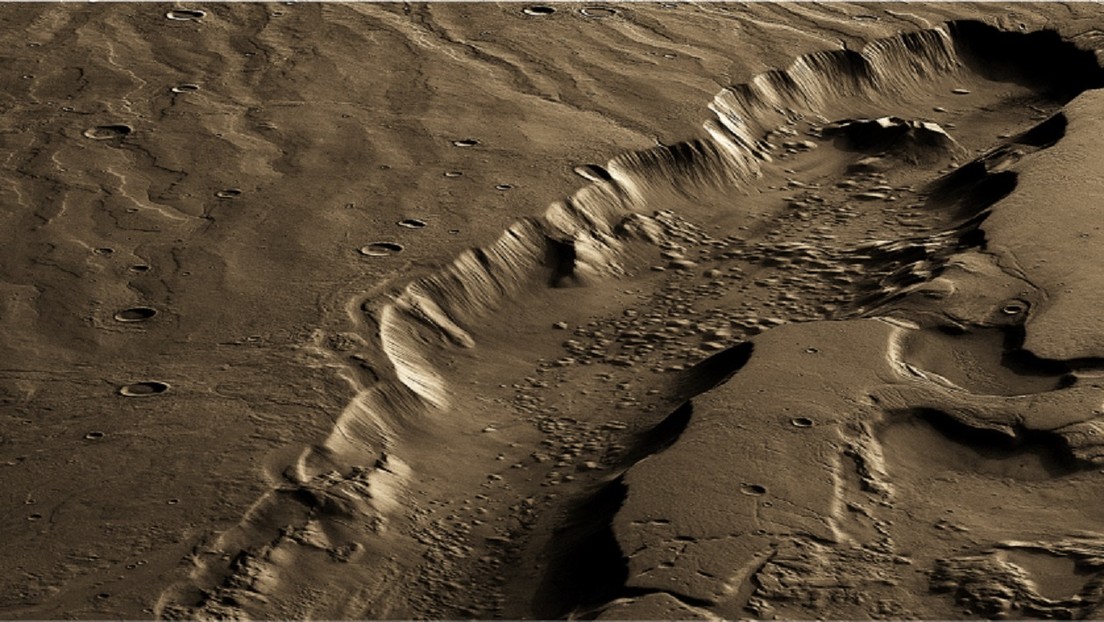Los astronautas que abordaron la nave espacial Starliner de Boeing hacia la Estación Espacial Internacional el mes pasado aún no saben cuándo regresarán a la Tierra.
Los astronautas Butch Wilmore y Suni Williams han estado en el espacio durante 51 días, seis semanas más de lo previsto inicialmente, mientras los ingenieros en tierra resuelven problemas con el sistema de propulsión de Starliner.
Los problemas son dobles. Los propulsores de la nave espacial se sobrecalentaron y algunos de ellos se apagaron cuando Starliner se acercó a la estación espacial el 6 de junio. Otro problema, aunque quizás relacionado, son las fugas de helio en el sistema de propulsión del barco.
El jueves, funcionarios de la NASA y Boeing dijeron que todavía planeaban traer a Wilmore y Williams de regreso a bordo de la nave espacial Starliner. Durante las últimas semanas, los equipos de tierra completaron las pruebas de un propulsor en un banco de pruebas en White Sands, Nuevo México. Este fin de semana, Boeing y la NASA planean poner en órbita los propulsores de la nave espacial para comprobar su rendimiento una vez acoplada a la estación espacial.
«Creo que estamos empezando a acercarnos a esas piezas finales de la lógica de vuelo para asegurarnos de que podamos regresar a casa de manera segura, y ese es nuestro enfoque principal en este momento», dijo Stich.
Estos problemas han llevado a especulaciones de que la NASA podría decidir devolver a Wilmore y Williams a la Tierra a bordo de una nave espacial SpaceX Crew Dragon. Actualmente hay un barco Crew Dragon atracado en la estación y se espera que se lance otro con una nueva tripulación el próximo mes. Steve Stich, jefe del programa de tripulación comercial de la NASA, dijo que la agencia ha estudiado planes de respaldo para llevar a la tripulación de Starliner a casa a bordo de una cápsula SpaceX, pero el objetivo principal sigue siendo llevar a los astronautas de regreso a bordo de Starliner.
«Nuestra primera opción es completar la misión», dijo Stich. “Hay muchas buenas razones para completar esta misión y traer a Butch y Suni de regreso a bordo de Starliner. Starliner fue diseñada, como nave espacial, para tener a la tripulación en la cabina. »
El Starliner fue lanzado desde la Estación Espacial de Cabo Cañaveral en Florida el 5 de junio. Wilmore y Williams son los primeros astronautas en volar al espacio a bordo de la cápsula de tripulación comercial de Boeing, y este vuelo de prueba tiene como objetivo allanar el camino para futuros vuelos operativos para rotar tripulaciones de cuatro hacia y desde la Estación Espacial Internacional.
Una vez que la NASA certifique completamente a Starliner para misiones operativas, la agencia tendrá dos naves espaciales amigables para los humanos disponibles para vuelos a la estación. Crew Dragon de SpaceX transporta astronautas desde 2020.
Pruebas, pruebas y más pruebas.
La NASA extendió la duración del vuelo de prueba de Starliner para realizar pruebas y analizar datos en un esfuerzo por generar confianza en la capacidad de la nave espacial para llevar a su tripulación a casa de manera segura y comprender mejor las causas profundas del sobrecalentamiento de los propulsores y las fugas de helio. Estos problemas se encuentran dentro del módulo de servicio Starliner, que se desecha para quemarse en la atmósfera al reingresar, mientras que el módulo de tripulación reutilizable, con los astronautas dentro, se lanza en paracaídas para un aterrizaje amortiguado por una bolsa de aire.
La más importante de estas pruebas consistió en una serie de disparos de prueba de un propulsor Starliner en tierra. Este propulsor se tomó de un conjunto de hardware planeado para volar en una futura misión Starlink, y los ingenieros lo sometieron a una prueba de esfuerzo, tirando de él repetidamente para replicar la secuencia de pulsos que vería en vuelo. Las pruebas simularon dos secuencias de vuelo a la estación espacial y cinco secuencias que realizaría el propulsor durante el desacoplamiento y la salida de órbita para regresar a la Tierra.
«Este propulsor ha sufrido una serie de pulsaciones, quizás incluso más de las que anticiparíamos en vuelo, y más agresivas en términos de dos ascensos y cinco descensos», dijo Stich. “Lo que observamos en el propulsor es el mismo tipo de degradación del empuje que observamos en órbita. En varios propulsores (en Starliner) vemos un empuje reducido, lo cual es importante. »
La computadora de vuelo de Starliner apagó cinco de los 28 propulsores del sistema de control de reacción de la nave espacial, producidos por Aerojet Rocketdyne, durante su encuentro con la estación espacial el mes pasado. Cuatro de los cinco propulsores se recuperaron después de sobrecalentarse y perder empuje, pero los funcionarios declararon que uno de los propulsores era inutilizable.
El propulsor probado en tierra mostró un comportamiento similar. Las inspecciones del propulsor en White Sands mostraron hinchazón en un sello de teflón de una válvula oxidante, lo que podría restringir el flujo del propulsor de tetróxido de nitrógeno. Los propulsores, cada uno de los cuales genera alrededor de 85 libras de empuje, consumen el oxidante de tetróxido de nitrógeno, o NTO, y lo mezclan con combustible de hidracina para la combustión.
Una válvula de mariposa, similar a la válvula de inflado de un neumático, está diseñada para abrirse y cerrarse para permitir que el tetróxido de nitrógeno fluya hacia el propulsor.
«Esta válvula tiene un sello de teflón en el extremo», explicó Nappi. “Bajo el efecto del calor y el vacío natural que se produce cuando se dispara el propulsor, esta junta se deformó e incluso se abombó ligeramente. »
Stich dijo que los ingenieros están evaluando la integridad del sello de teflón para determinar si podría permanecer intacto durante el desacoplamiento y la salida de órbita de la nave espacial Starliner. No se necesitan propulsores mientras Starliner está conectado a la estación espacial.
“¿Podría esta foca en particular sobrevivir el resto del vuelo?” Esa es la parte importante”, dijo Stich.






















